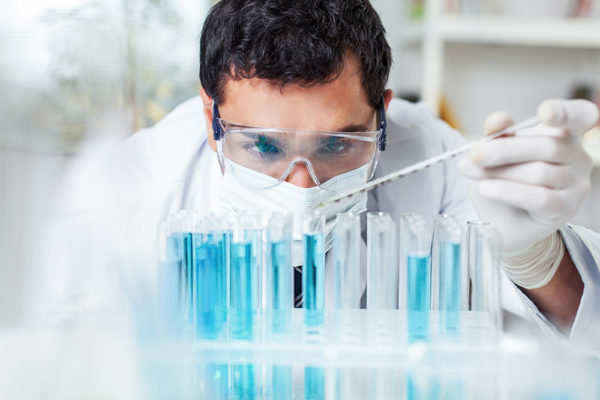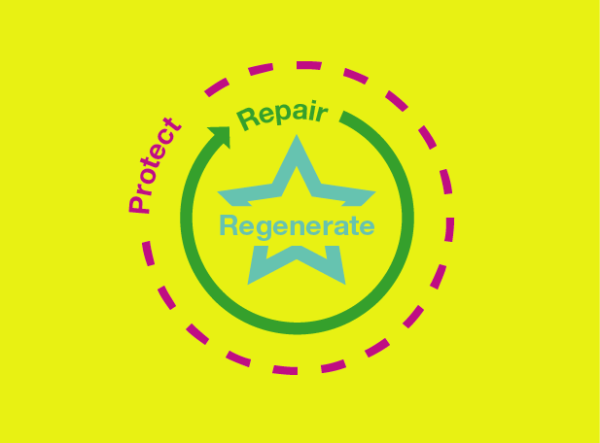
The advent of science and technology has brought to fruition the goodness of placenta to be used for transplantation. For the past decade, scientists have discovered placenta has been a perfect source to help harvest, restore, regenerate and heal wounds and torn tissues.
Diabetes has caused foot ulcers and chronic wounds and in severe cases, amputations. To address this problem, medical specialists are turning to wound dressings made from human amniotic membrane, a tissue found in human placenta.
Through this innovative way to treat wounds, medical specialists are able to give patients an option to heal their wounds when existing treatments can’t.
Apart from diabetes, it has been reported that stem cell technology using placenta can help in treating leukaemia. A small number of high-risk patients who are not cured by standard chemotherapy, a stem cell transplant may help.
Tendon injuries are another physical disability in which placenta can help. These injuries often present a clinical challenge to orthopedic surgeons because injured tendons responds poorly to current treatments without tissue regeneration and the time for rehabilitation is long.
All in all, placenta with its rich nutrients and membrane have been used in transplant technology and has been proven to be successful.


Recent Comments